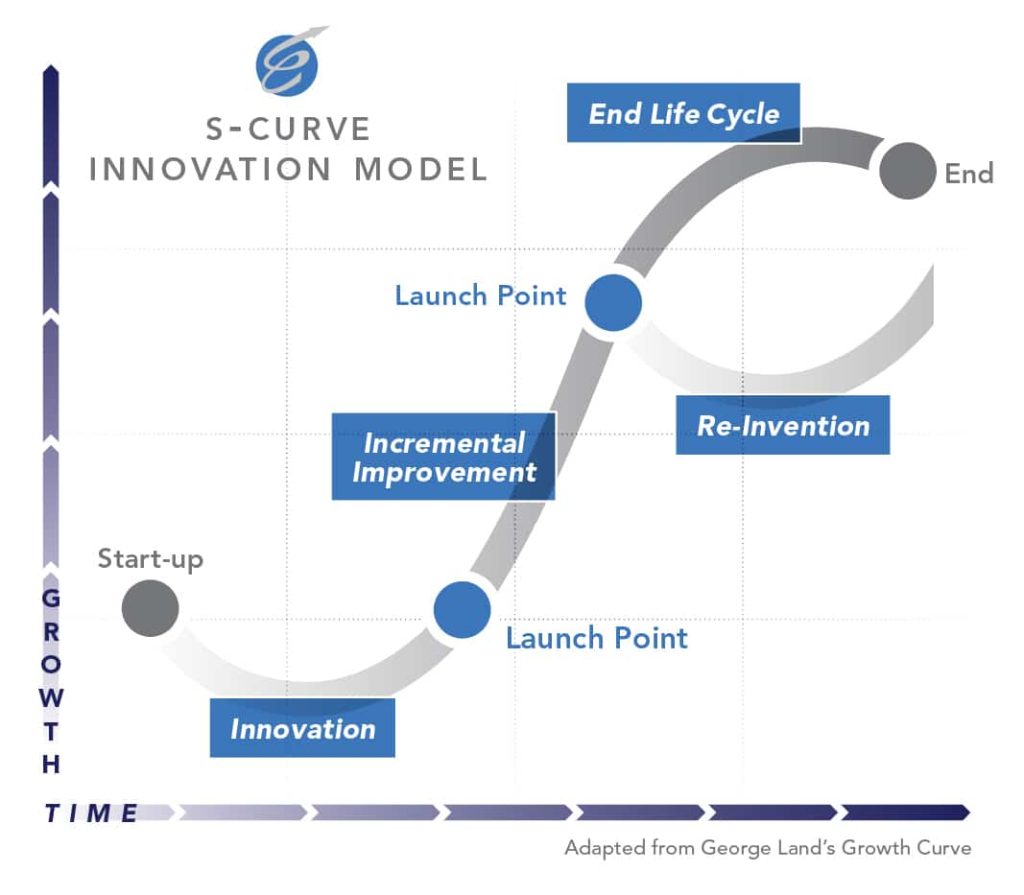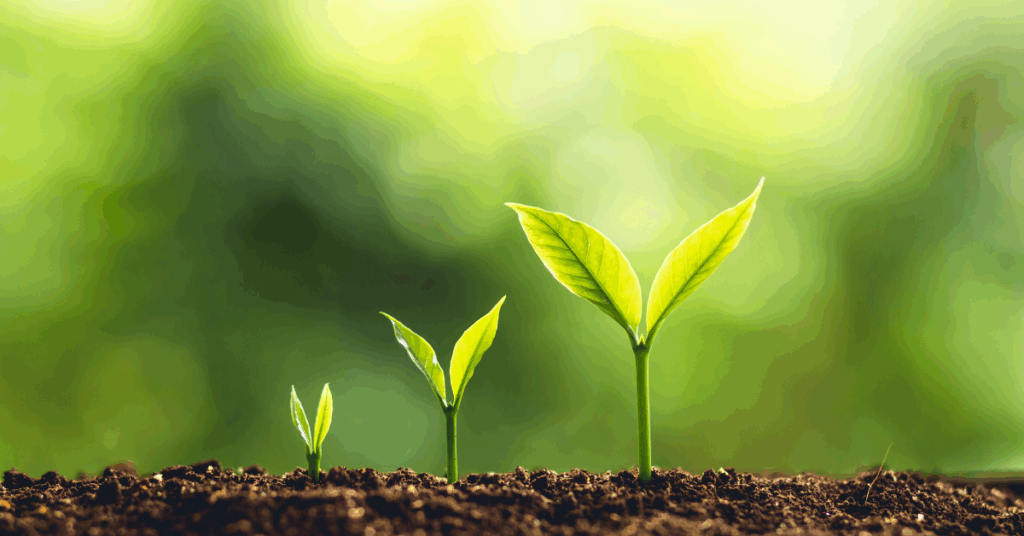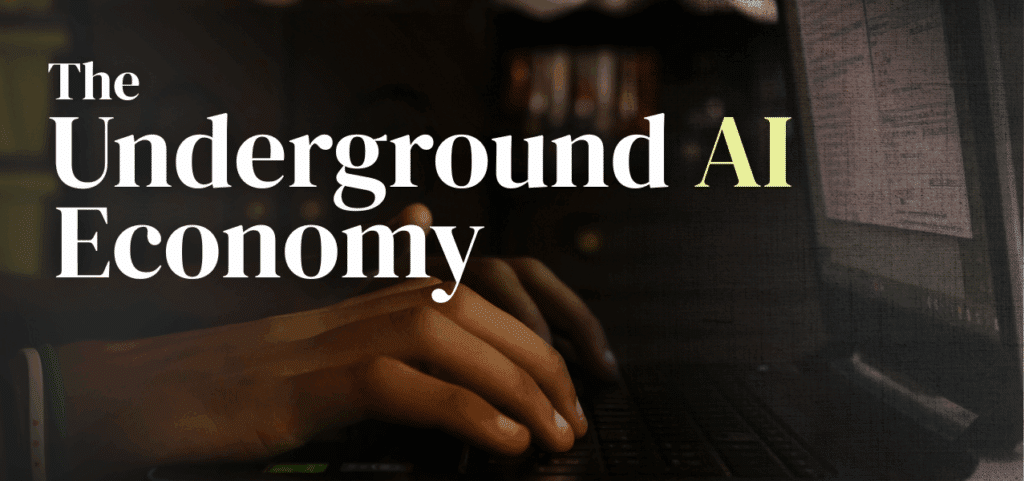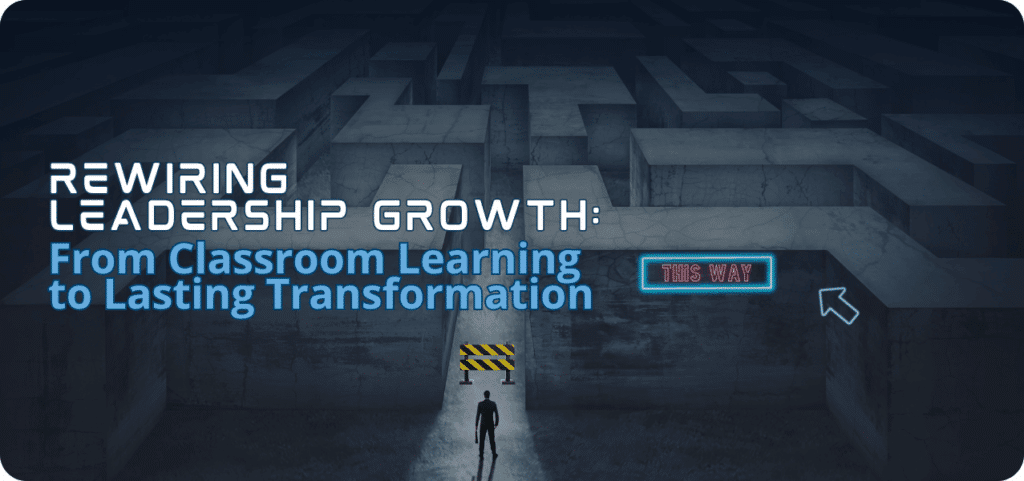How to Create a Culture of Innovation

How can you create a culture of innovation within your company? Try taking a step inside companies developing commercial space travel. Companies such as NASA, Blue Origin, and SpaceX must create a deep innovative culture in order to reach new heights of space exploration. You can harness their methods to create your company’s next innovative growth spurt.
The need to innovate new business models is a top challenge for CEOs worldwide, according to the annual C-Suite Challenge survey conducted by The Conference Board, Inc®. Every company is competing to create the next disruptive technology, or they are on the watch for the next interruption.
But the ability to create a culture of innovation clearly sets your company ahead of its competition when disruption hits. The companies working towards the commercialization of space travel are experts at creating an innovation culture. The concept of daily life on the moon, in orbit, or on Mars is their future reality.
How are such highly innovative, out-of-this-world dreams realized? We can look to the space industry for examples of how to successfully create a culture of innovation to drive your own company’s growth.
The Innovation S-Curve: Where Does Your Company Land?
Companies start in Phase One “Innovation,” a stage of low growth when innovation begins. This is a time of rapid tries and often rapid failures. But the emphasis from leadership can be to fail early and fail fast on the path to finding success. Leaders should make a heavy emphasis on creativity, creating change, and trying out new ideas. It’s an exciting time as companies consider the possibilities of what lies ahead.
Consider this stage as applied to the space industry. Right now these companies are rapidly developing new technology to lay the foundations for more frequent space travel. Blue Origin, for example, is developing reusable rockets to reduce space travel costs. Founder Jeff Bezos described a future where daily life in space can be a reality, one where “very entrepreneurial, start-up companies [are] doing amazing things in space.”
Over at SpaceX, they’ve also developed reusable rockets: the Falcon 9 and Falcon Heavy. SpaceX rockets are already contracted to bring American astronauts to the International Space Station (ISS) in 2019 – a feat that Americans haven’t attempted since the U.S. shut down NASA’s shuttle program in 2011. But SpaceX’s culture of innovation allowed this successful development on the path to more frequent space travel.
The space industry started on the bottom of the S-curve with a deep culture of innovation, trying new ideas and often failing, until they found a technology that pushed them to the next innovative level. What does the next level look like?
Making Cookies on the Innovative S-Curve
Phase Two, “Incremental Improvement” on the Innovation S-Curve Model is affectionally called “making cookies” by leadership expert and WDHB Advisory Board Member Dick Richardson.
“You’re just repeating what you did the last time with slight improvement,” Richardson said. “It’s replication.”
The commercial space industry application of “making cookies” is making rockets. While Phase One on the innovation model focused on new, creative ways to build rockets, Phase Two is building rocket after rocket, and scheduling launch after launch.
Blue Origin and SpaceX are entering this phase. Blue Origin’s facility in Florida is set up like a factory, where the raw material comes in at one end and a rocket comes out at the other. This is radically different from NASA’s traditional model for rockets, where each was hand-crafted and very specially designed.
SpaceX, too, is on the verge of making cookies. When their Falcon Heavy rocket launches into space, its rockets boosters come back to earth and land, undamaged, on their launch pads.
“So now what you’re seeing is that SpaceX is getting ready to go into the straight line of the S-curve, and they’re starting to schedule one rocket launch after another,” Richardson said. “How fast can we bring them back, refurbish them and send them up again? How fast can we bake cookies?”
In Phase Two of the Innovation S-Curve Model, leaders create a clear vision of growth for their companies. Blue Origin and SpaceX are focused on growth through efficient rocket building and reusability. There is no longer a need for rapid tries and failures because they’ve found a process that works.
Now, their leaders’ focus is on incremental improvements. These are usually in quantity, quality, or cost. Those incremental improvements will continue until a disruption within their industry.
Sustaining a Culture of Innovation
In Phase Three, “End Life Cycle,” the company experiences a disruption. Maybe another company has found a better way to compete with the same technology or a more efficient way of developing a similar product.
In this situation, it’s no longer possible to continue in the same replication pattern that allowed rapid growth prior. This innovation end-of-life cycle is usually inevitable. During Phase Two, it’s a smart practice for leaders to anticipate the external threats that may end their company’s period of rapid growth. That’s because once Phase Three hits, that best practice is to recognize it, create a clear vision of what is changing, and guide your company into Phase Four, “Re-Invention.”
Current developments at NASA are a good example of recognizing a change in the space industry and using them for reinvention. NASA is not in the business of building reusable rockets. But Bob Cabana, a former astronaut and current Director of NASA’s John F. Kennedy Space Center, had an idea.
Turn the End Life Cycle into Innovative Re-Invention
Cabana knew that for decades, the launchpad at the Kennedy Space Center in Florida was built for one fixed function: the rockets that NASA sent into outer space. But competing companies were also developing rockets for launch.
Cabana’s idea was to develop “the clean pad.” The clean pad wouldn’t have to serve only NASA’s rockets. Instead, the clean pad could be reconfigured in a way that any company could launch rockets from it.
For example, Blue Origin could bring their New Shepard rocket in to launch, and a month later Boeing could use the launchpad, reconfigured for their Starliner, in a different way. A flexible facility could handle anybody’s rockets, and NASA could profit by charging a fee.
NASA had never done anything like that before. They’d always built for their specific purposes, not for the purposes of others. But Cabana’s idea aligned with the direction space travel is moving, where competing companies launch rockets more often than NASA. His idea broke the fixed function of the launch pad, and innovated new functions that advanced space travel.
This is Phase Four of the Innovative S-Curve Model. Your company experienced a disruption during Phase Three, and it can no longer function in a smooth, upward growth model. In Phase Four, a leader’s role is to bridge the gap between the old core business and allow for new innovation. This will feel a lot like Phase One. Again there is an opportunity for wide creativity, and rapid tries and failures. But a successful leader will guide the company into refreshed growth with new, innovative development.
Learn to Create a Culture of Innovation from the Space Industry
“What we’re looking at is, what are these companies like? What are the issues that they’re facing? How do they solve these things? How is their culture different from other companies?” Richardson said of the space industry.
To succeed in the space industry, you need leadership that sustains a motivating culture of innovation to inspire and empower employees to meet the space industry’s lofty aspirations. You need leadership that encourages employees to break functional fixedness and to think beyond existing boundaries.
You can apply these lessons of innovation development to any company that needs greater innovation to succeed.
Inspired by these space-pioneering organizations? Learn more at our Launch Point Leadership Experience. Examine the importance of balancing risk and innovation and get hands-on experience with strategy and innovation techniques that provide a deeper understanding of your customer’s needs. Learn more about our Launch Point Experience.
Author
Subscribe to get Access to Exclusive Content





